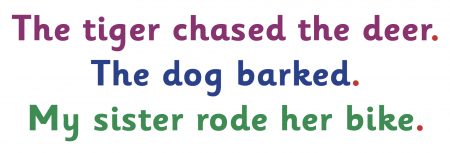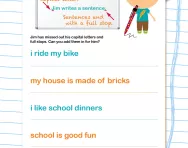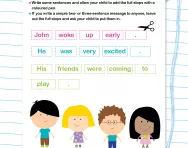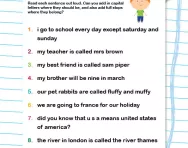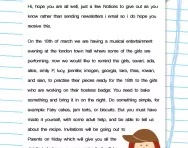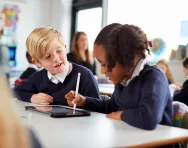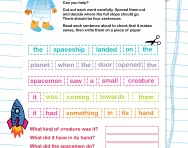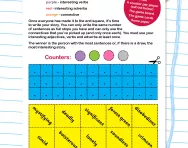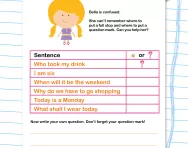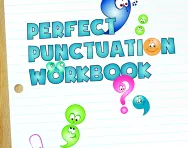TheSchoolRun.com closure date
As we informed you a few months ago, TheSchoolRun has had to make the difficult decision to close due to financial pressures and the company has now ceased trading. We had hoped to keep our content available through a partnership with another educational provider, but this provider has since withdrawn from the agreement.
As a result, we now have to permanently close TheSchoolRun.com. However, to give subscribers time to download any content they’d like to keep, we will keep the website open until 31st July 2025. After this date, the site will be taken down and there will be no further access to any resources. We strongly encourage you to download and save any resources you think you may want to use in the future.
In particular, we suggest downloading:
- Learning packs
- All the worksheets from the 11+ programme, if you are following this with your child
- Complete Learning Journey programmes (the packs below include all 40 worksheets for each programme)
You should already have received 16 primary school eBooks (worth £108.84) to download and keep. If you haven’t received these, please contact us at [email protected] before 31st July 2025, and we will send them to you.
We are very sorry that there is no way to continue offering access to resources and sincerely apologise for the inconvenience caused.
What is a full stop?

What are full stops?
A full stop is a punctuation mark used to separate sentences. Full stops (and capital letters) are the first grammatical terms children are introduced to at school.
In American English, full stops can also be referred to as 'periods'.
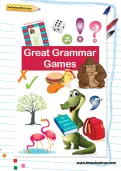
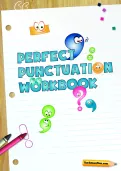
Download Fantastic FREE Grammar Resources!
- Perfect Punctuation Workbook
- Grammar Games Pack
- PLUS 100s of other grammar resources
Once a sentence has a verb and a subject, a full stop (or a question mark or an exclamation mark, which children are introduced to later in KS1) can be placed to let the reader know that the sentence, or a complete thought, has ended.
When do children learn about full stops in primary school?
Full stops are not required to be taught until Year 1, when a child reaches Key Stage 1. However, many Reception teachers introduce capital letters, finger spaces (a finger sized gap between words) and full stops during a child’s first year at school in Reception. Many EYFS teachers believe that it is far simpler for a child to learn how to officially end a sentence when first learning to write, rather than introducing them later in Year 1. If not taught during EYFS, full stops will be introduced during Year 1.
As with most teaching objectives, children's understanding of full stops is consolidated in every year group, even in Year 6! If your child keeps forgetting to place a full stop at the end of a sentence, check that they really understand how full stops are used. The earlier any misconceptions can be addressed, the better – it's hard to teach a child to use a semi-colon when they find full stops tricky!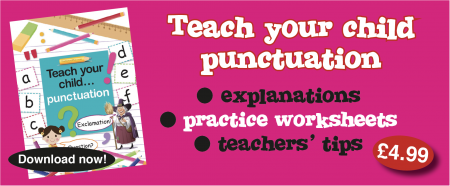
Although a Year 1 topic, the teaching of full stops is part of more advanced grammar objectives, too. In Year 3, once inverted commas (speech marks) are introduced, children will learn to punctuate direct speech (words directly spoken) by ending the spoken words with a full stop, exclamation mark or question mark.
For example: The boy replied, “I’ll be home after football.”
In Year 5 and Year 6, when bullet points are taught, children are asked to either leave each bullet-pointed phrase without a full stop, or use a full stop every time. What is important is that they must use their choice consistently, and not change their punctuation choice between bullet points.
How are full stops taught in the primary classroom?
Your child will be encouraged to read or say aloud a basic sentence. They might also learn to perform an action to indicate where they think a full stop will be placed (this is known as ‘Kung-fu’ punctuation and really helps children to remember something needs to happen at the end of a sentence!).
Written work will help children to recognise where they think a sentence has ended and needs punctuating with a full stop.
Try asking your child to add the full stops to these sentences correctly: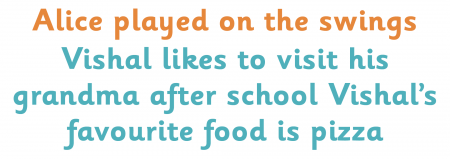
Teachers will also encourage children to ‘hold a sentence’: this is a dictation-like technique according to which a short sentence is read out by the teacher and pupils are asked to remember it and try to write it down, placing a full stop at the end. Children might use ‘sound buttons’ to verbally record their sentence, in order to play it back to themselves when trying to remember it and write it down.
The writing of a series of independently-created sentences, ensuring all full stops are correctly placed, will be taught last. It is crucial that a child can speak aloud in sentences and can recognise sentences they read before they are expected to write them down accurately.
